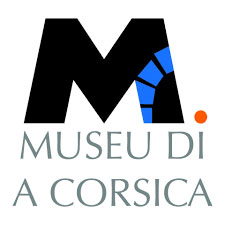Iconographic collections
Maps and plans / Photographs / Postcards / Prints / Drawings / Posters
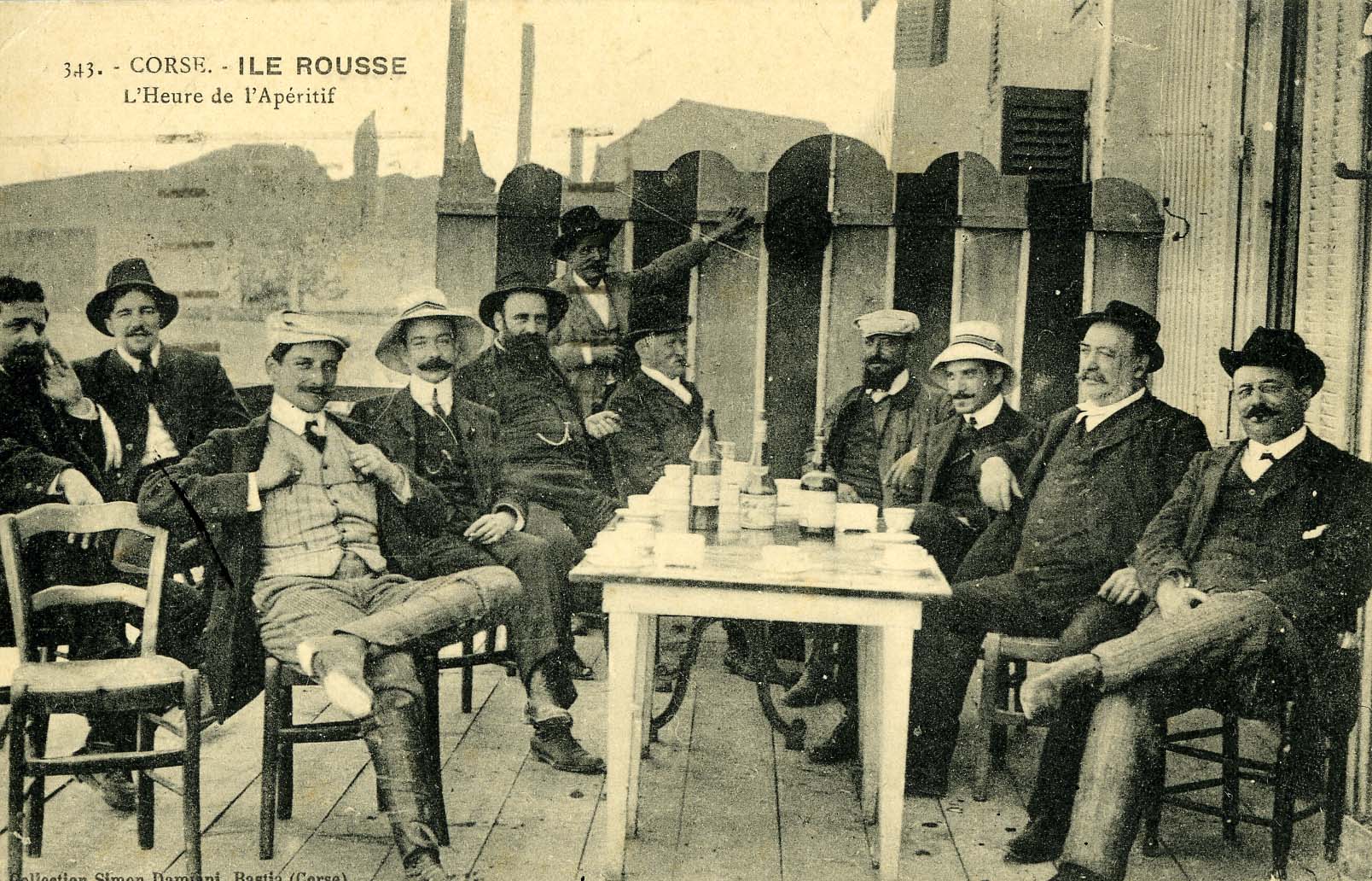
Maps and plans
An exceptional corpus, the ancient cartographic collection held by the museum reaches today about 500 documents: handwritten and printed maps, maps of the island alone or associated with the surrounding islands or the mainland; the collection gathers different genres: land maps, military, nautical, city and port plans and it covers a long chronology.
The first printed map of Corsica is that of Benedetto Bordone, published in 1528 in Venice, in an Isolario, it is also the oldest in our collection; among the rare pieces of the XVI century Corsica of Matthias Quad in 1596 in which appears for the first time the coat of arms with the head of a Moor. In the corpus of the XVIIth century, Corsica Insula of Johannes Blaeu in 1662 is certainly one of the most known cards of the public because it associates to the blazon of Corsica, an allegory “the warrior” undoubtedly inspired by the vatican fresco but also of the Iconologia of Cesare Ripa. The 18th century maps reflect the events of this century, from the Corsican wars in 1730 which lead to the Generalate of Pascal Paoli and the independence of Corsica until the defeat of Ponte Nuovu and the annexation of the island by France. The jewel of this period is of course the anonymous map chosen by Pascal Paoli to accompany the 1764 edition of the Giustificazione della revoluzione di Corsica.
The cartography of the 19th century reflects the scientific advances of the Enlightenment, particularly the research implemented for the realization of the Terrier Plan (1770-1790). The major piece of this period is the Topographic Map of the Island of Corsica of Pierre Jacotin of 1840: composed of 40 sheets of canvas, it was designed after the work of Dominique Testevuide one of the engineers of the Plan Terrier of Corsica.
The policy of enriching the maps of Corsica continues today by a reflection on the representation of the territory linked to new technologies.
Photographs
The corpus of photographs in the museum covers a wide period from the daguerreotype of a notable Cortenais entitled “Portrait of a post-mortem man” in 1855 to the reports commissioned or purchased from contemporary photographers.
The 19th century is well represented, first with collodion plates of the painter photographer Forcius-Joseph Marchesi from Belgodère, then with the business card photos of G.F. Folchi, the first itinerant photographer from Italy, and then with those of Louis Viallet and Barthelemy Graziani installed in Ajaccio and Bastia around 1862.
As early as 1870, Barthélemy Graziani and Laurent Cardinali began to take outdoor views whose prints were then collected and sold in albums. When Prince Roland Bonaparte, a member of the Geographical Society, came to Corsica in 1887, he wanted to: “…fix an exact and complete physiognomy of Corsica today. “. The photographer Gustave Philippon, who accompanied him, took 229 photographs of sites, monuments and villages, but also, for the first time, animated scenes and outdoor portraits. This reportage announces the 20th century and prefigures the advent of ethnographic photography.
After having made an exhibition and a catalog on the Prince’s journey in 2000, the museum was able to acquire 49 prints on albumen paper (from gelatin silver bromide negatives) by Philippon. This new process, born in 1880, will free photography from the chemical obstacles that hindered its practice and limited its use to specialists.
For the first half of the 20th century, the museum preserves collections of amateur photographers such as a batch of glass plates and prints made around 1902 by Canon Ricci, a professor at the Petit Séminaire and an amateur photographer to whom we owe a beautiful collection of images of public buildings and religious festivals. A chronicle of daily life on the island is given to us by Joseph Lucarelli, a photographer from Nice who came to Corsica in 1930 to do a reportage. Finally, in the years 1935 and 1939, a Hungarian photographer Emeric Feher, living in Paris, came to discover Corsica with his family. His encounter with the pastoral world and his discovery of the coastline prefigured the great upheavals that Corsican society would undergo after the Second World War and announced the era of tourism. The photographic reports commissioned by the museum since its opening are the work of authors whose reflections on historical, societal or topical subjects feed the various temporary exhibitions.
Postcards
The corpus of postcards of the museum acquired from great Corsican collectors is composed of old postcards (CPA before 1920), semi-modern cards (CPSM between 1920 and 1975) and modern cards (CPM after 1975) and amounts to nearly 6000 pieces.
It is difficult to know exactly the author and the date of the first map produced in Corsica. Dominique Tiberi, author of a doctoral thesis (“Photography and the image of Corsica 1839-1962”) tells us that the first postcards were made by an Austrian from Innsbruck who sent them to Antoine Guittard in Ajaccio, who himself became a photographer and postcard publisher.
From 1890, the great names of photography such as Laurent Cardinali, Joseph Moretti, Jean-Victor Porro are also great producers of postcards and for the first half of the XXth century they are François-Jean Limongi, José-René Filippi and Ange Tomasi who will be his own publisher
The museum of Corsica also keeps modern postcards which testify to the evolution and the development of island tourism and are more generally a marker of the image of the island in what it is and what it gives to see of itself.
Prints
The collection of prints in the Museum of Corsica covers a period from the 16th to the 20th century; it includes various genres such as geographical representations of the island, views of towns and villages, landscapes, portraits, costumes of the inhabitants and genre scenes.
Among the oldest, the allegory of Corsica ” Corsica ” in the Iconologia of Cesare Ripa and ” Corsica ” an inhabitant of the island of Corsica in the Description de l’Univers of Allain Manesson Mallet in 1683. We owe to J. Daubigny, draughtsman and engraver who came to Corsica at the time of the realization of the Plan Terrier, a set of landscapes of the north of the island published in 1786 in the Voyage pittoresque de la France with the description of all the provinces.
The museum keeps a set of portraits of Pascal Paoli, engraved between 1768 and 1770 in England, Holland, Austria, Italy and France as well as numerous lithographs made after the death of the general. For the first third of the XIXth century, the first large iconographic work dedicated to Corsica should be mentioned: it is the 48 lithographed landscapes of Engelmann’s Voyage pittoresque en Corse published by Joly Delavaubignon in 1821/1822.
From 1850 onwards, it is in the numerous illustrated accounts of travelers coming from continental France or from abroad such as Thomas Forester, Edward Lear, Gaston Vuillier etc… that we discover the richest descriptions of Corsica which, often uncropped, have been able to circulate until today. Abbot Ange Galletti has a special place with the Illustrated History of Corsica published in 1863 with nearly 300 lithographs.
For the XXth century, the museum keeps prints of Jean Chieze, one of the great names of the xylography in the XXth century with the master Albert Decaris and who came to Corsica to teach drawing; we also keep from him the Colomba published in 1985 after his death and illustrated with 44 woodcuts.
Drawings
The collection of drawings in the Museum of Corsica covers a period from the 18th to the 20th century and is rich both in the diversity of themes (landscapes, maritime combat scenes, plans, costumes of the island’s inhabitants, portraits) and in the techniques used (graphite, charcoal, sanguine, watercolor, gouache, pen and ink).
Thus a rare drawing such as The Battle of Bastia, made in 1794 by Captain Jacques Mellini, which depicts the siege of Bastia in April-May 1794 by the Royal Navy: after 40 days and 40 nights of bombardments, the English troops supported by the Corsican nationals took the city, which became the seat of the Anglo-Corsican government.
At the beginning of the 19th century, Joly Delavaubignon published in 1821/1822 the Voyage pittoresque en Corse lithographié par Godefroy Engelmann, one of the initiators of this new printing technique; the museum keeps 17 preparatory drawings in graphite dated 1819, which, together with the lithographs kept in the print collection, constitute an exceptional set of works on Corsica at the beginning of the 19th century.
The landscape painter Lucien Peri, born in Ajaccio in 1880, is well represented in the museum’s collections; in addition to oil paintings, the museum has acquired a series of watercolors and gouaches executed by the artist in the 1920s and 1930s, showing sites on the island’s coastline that are still untouched by human occupation. The museum also preserves drawings of portraits and animated scenes by the Ajaccio artist Emile Brod made in the first third of the 20th century.
Because of their fragility, the drawings cannot be exhibited for more than three months, so they are only shown to visitors during temporary exhibitions.
Posters
The corpus of posters of the museum of Corsica covers various fields: tourism, economy, cultural and political events
The corpus of tourist posters on Corsica illustrates the history of graphic advertising in Corsica over a century. The museum’s initial collection, made up of acquisitions from the Oberti and Taccola collections, was enriched by a donation from François Ollandini in 1997. The oldest of the museum’s posters, “Excursions in Corsica”, dates from 1891 and was created by Louis de Melles for the Cie de Chemins de Fer Départementaux. Its composition, made up of mosaic landscapes, is an invitation to travel, announcing the posters of the Belle Epoque commissioned from painters David Dellepiane, Abel Brun, Rogers Broders, Adolphe Cossard and André Strauss by the PLM coaches and the Cie Fraissinet.
From the 1950s onwards, the corpus traces the evolution of tourism with posters created for vacation clubs and tour operators, shipping and airlines, coach companies and all institutions dedicated to the promotion of tourism.
Alongside the field of tourism, the museum has a graphic collection that traces the activity of the first liquorists of Corsica (Mattei, Damiani, Casanis …) from the late nineteenth century until today;
In 2017 the Pietra Brewery, the first creator of a Corsican beer, donated to the museum a copy of all its graphic and advertising documents as well as the objects of all its production since the creation of the company in 1996.
Recently, the museum has built up a collection of posters recounting the political and cultural events of the last fifty years, thanks to acquisitions and the recent donation of François Ollandini.
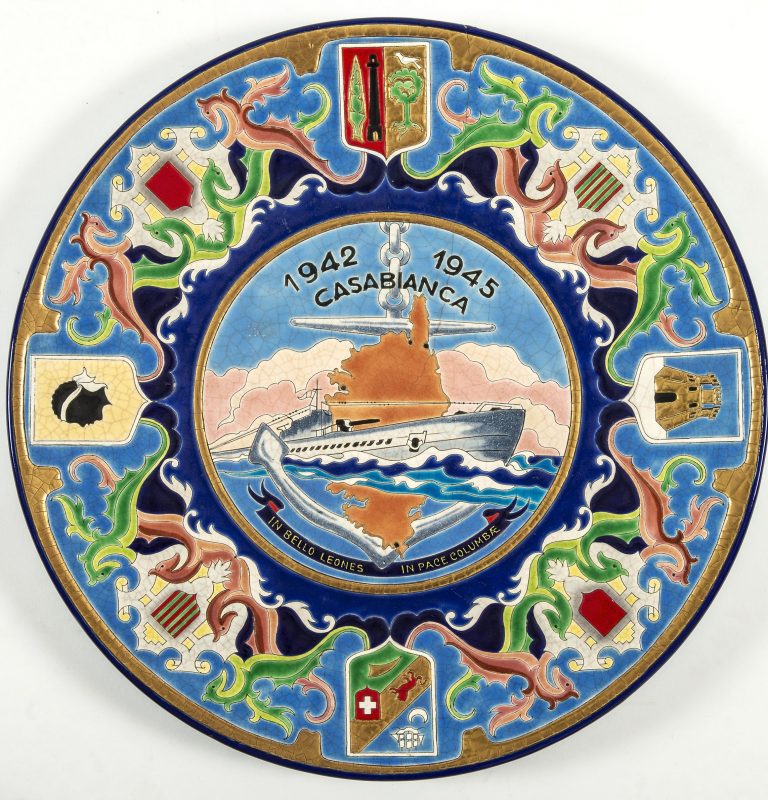
Acquisitions
The enrichment of collections is one of the missions of a museum. New acquisitions, whether free of charge or for a fee, are above all linked to the institution’s scientific and cultural program. They allow us to enrich the existing collections and to open new perspectives thanks to temporary exhibitions.
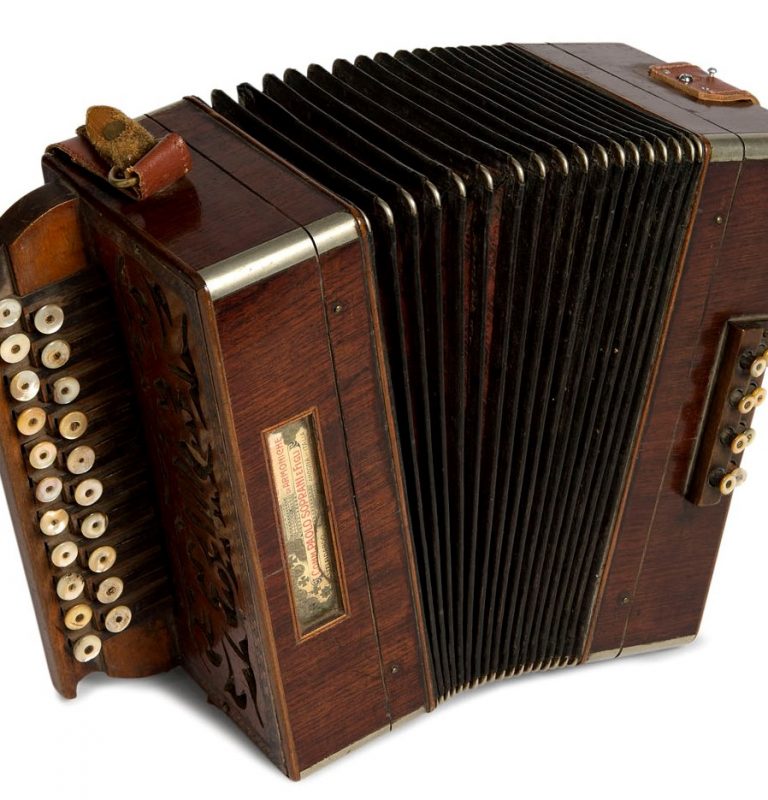
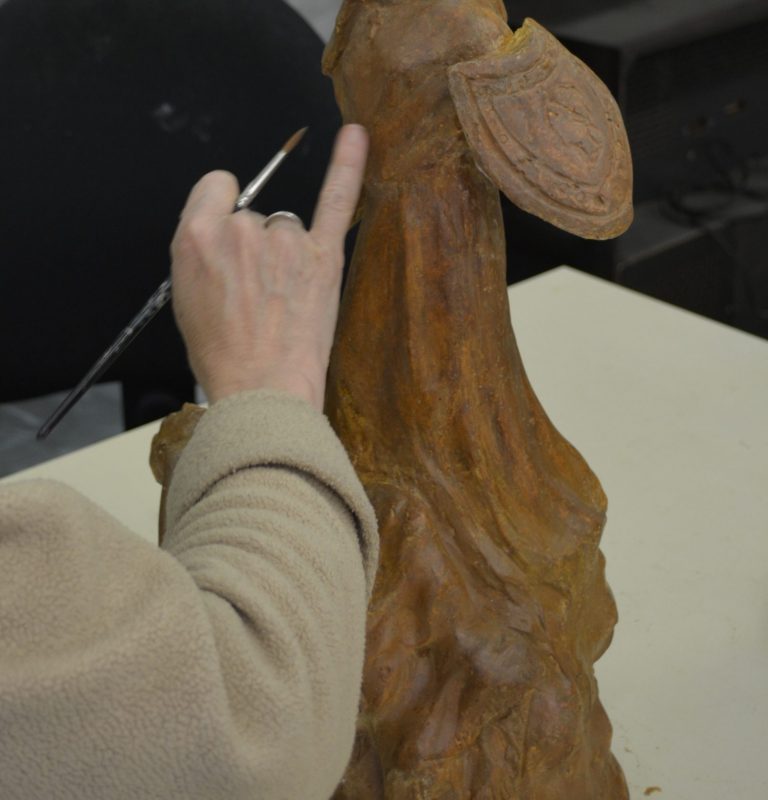
Conservation-Restoration
Conservation is a set of measures to preserve works of art from deterioration in order to pass them on to future generations.
A museum may have to restore pieces of its collection or works lent for temporary exhibitions.
